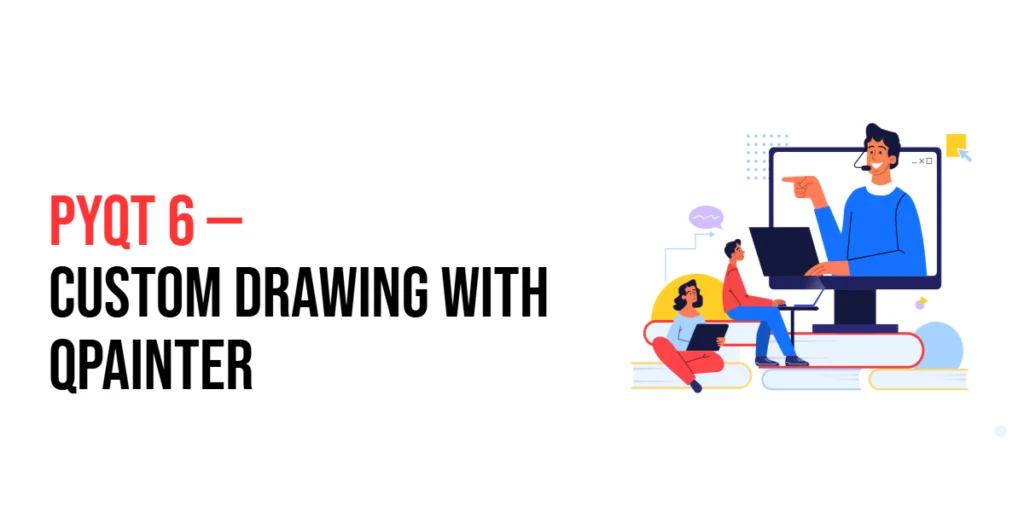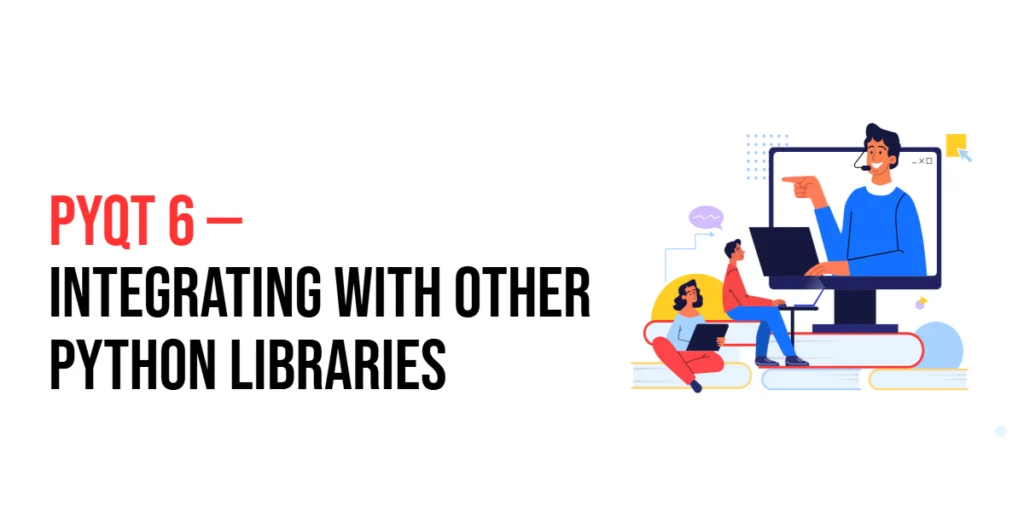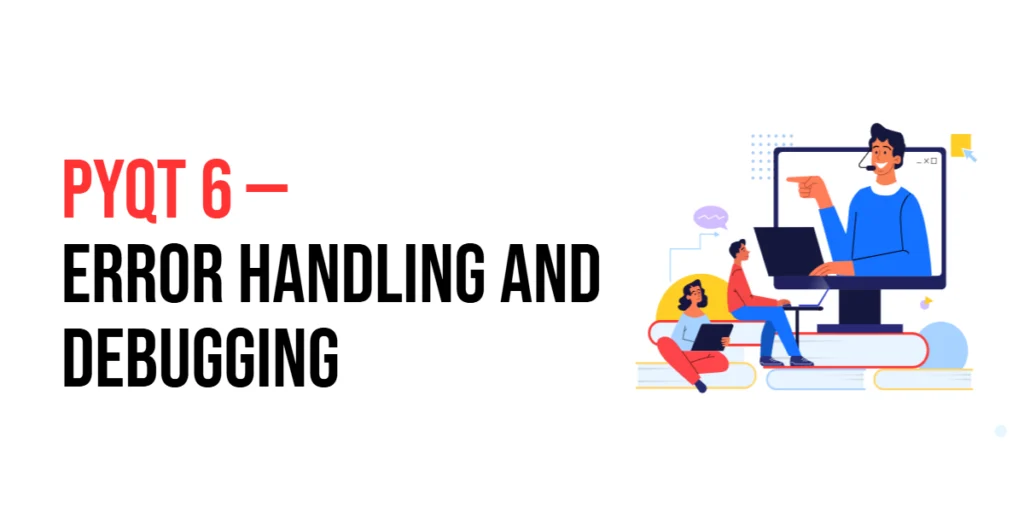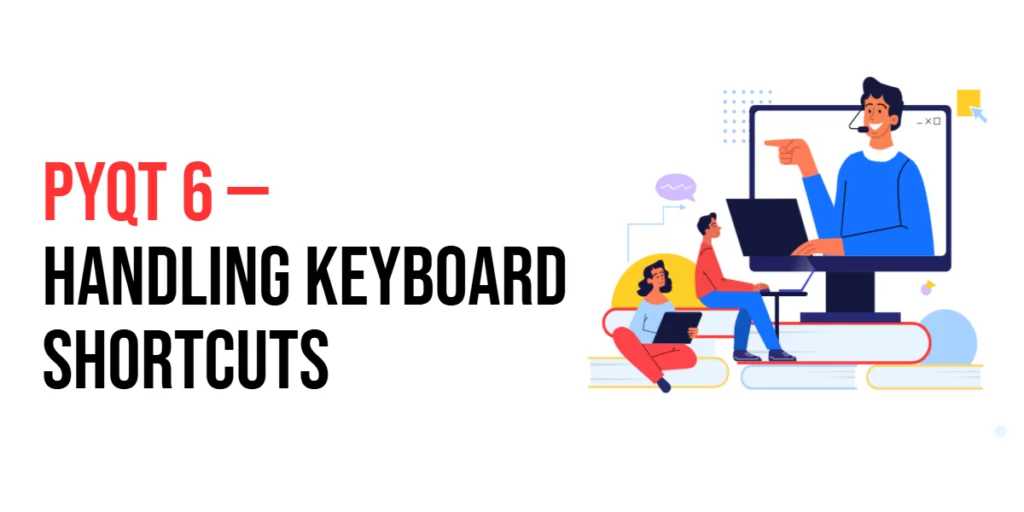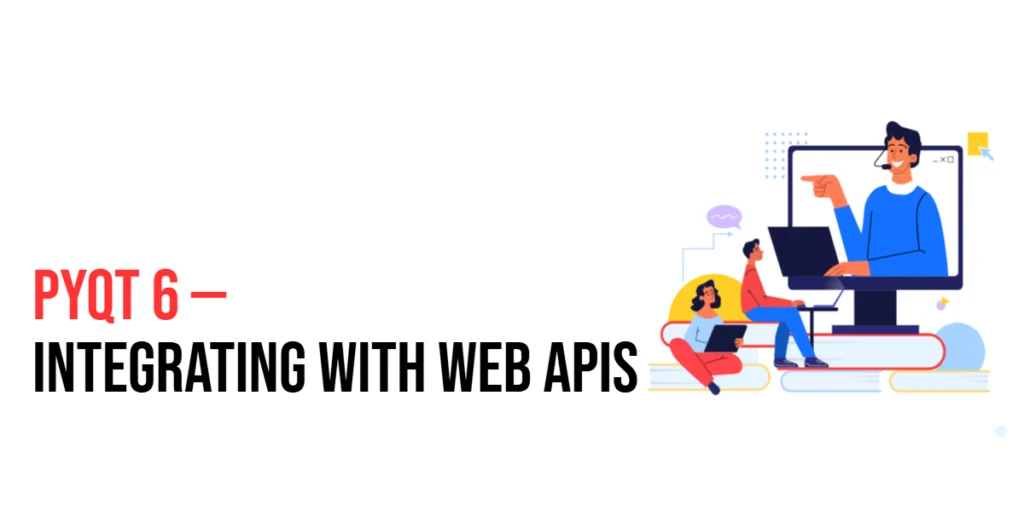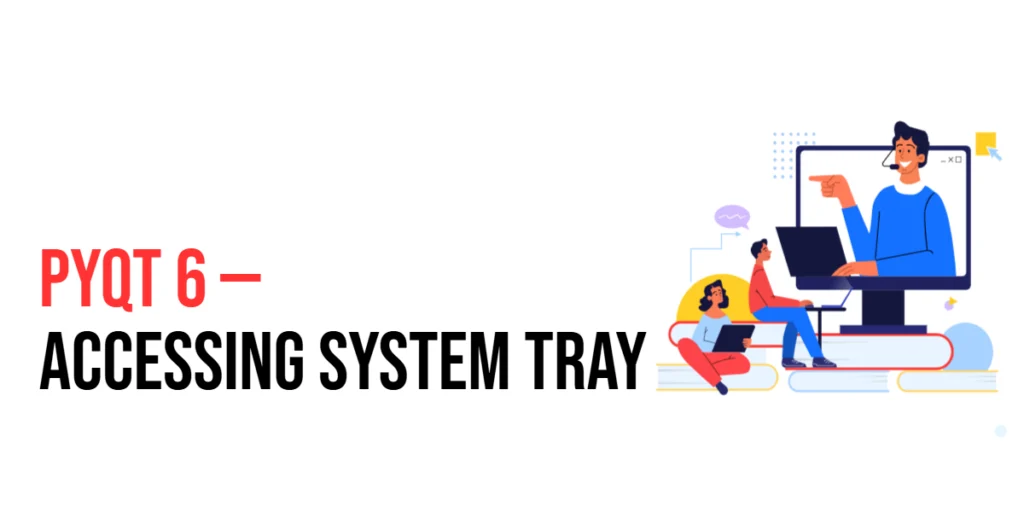PyQt6: Custom Drawing with QPainter
Custom drawing is an essential feature for creating visually rich and interactive applications. PyQt6 provides the QPainter class, which allows developers to perform custom drawing on widgets. This article will guide you through using QPainter in PyQt6, from basic drawing to advanced techniques and best practices. Setting Up the Development Environment Before we start custom […]
PyQt6: Custom Drawing with QPainter Read More »
